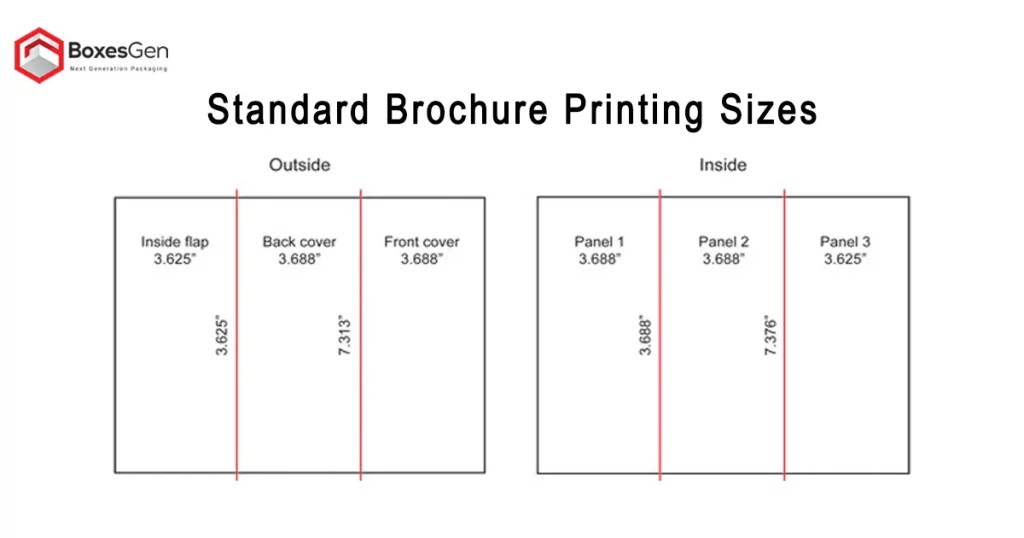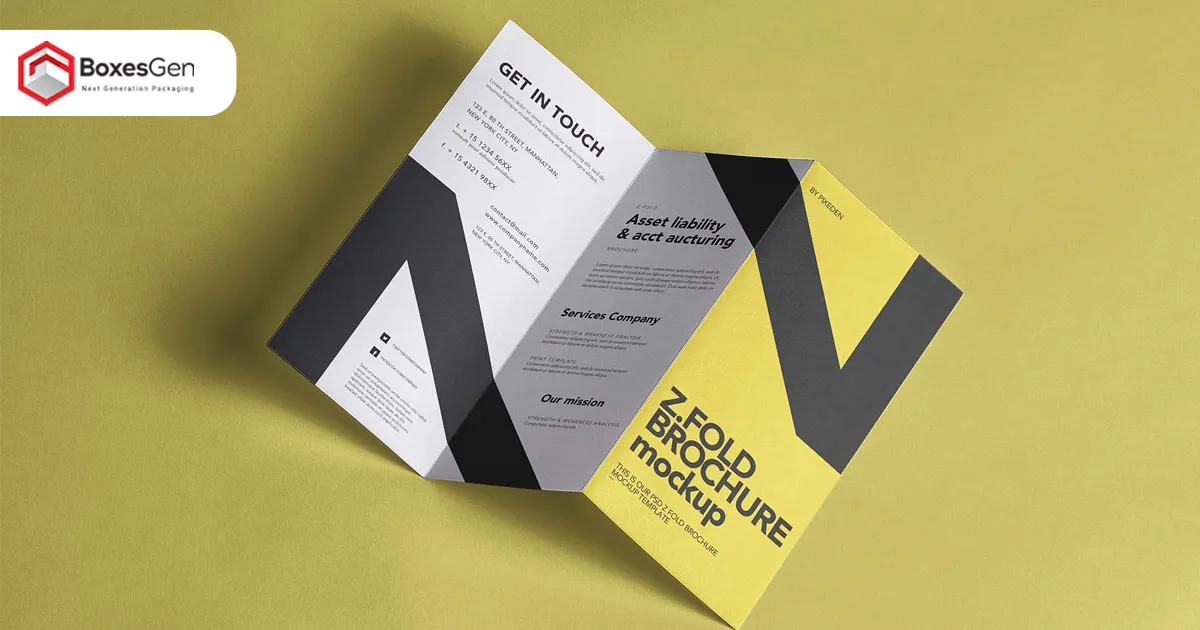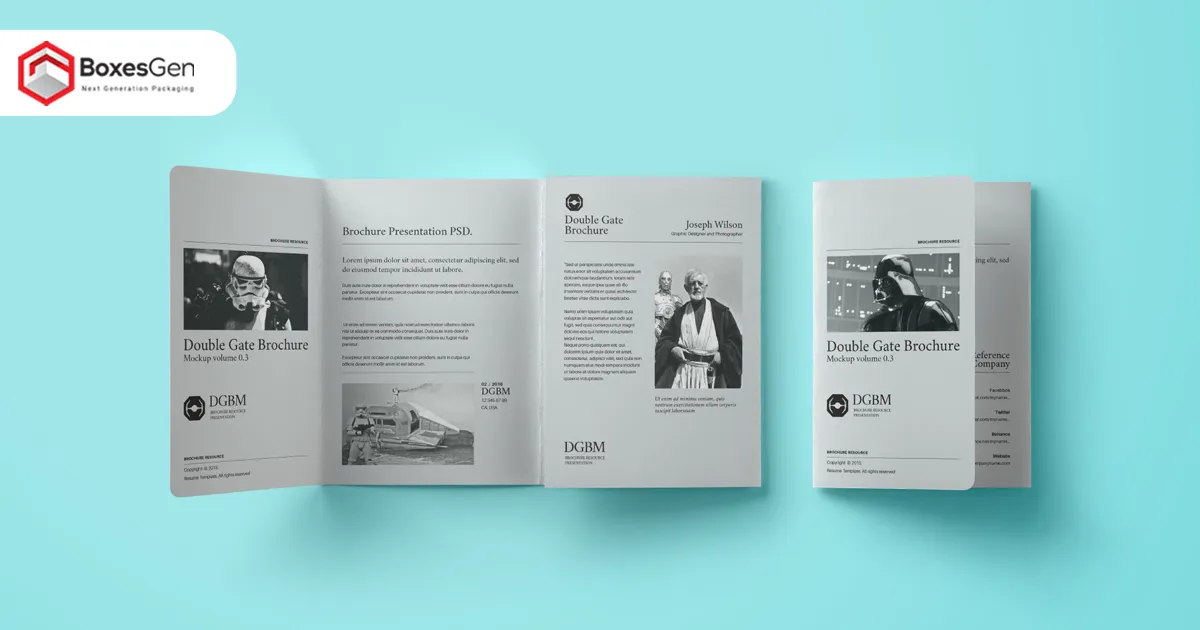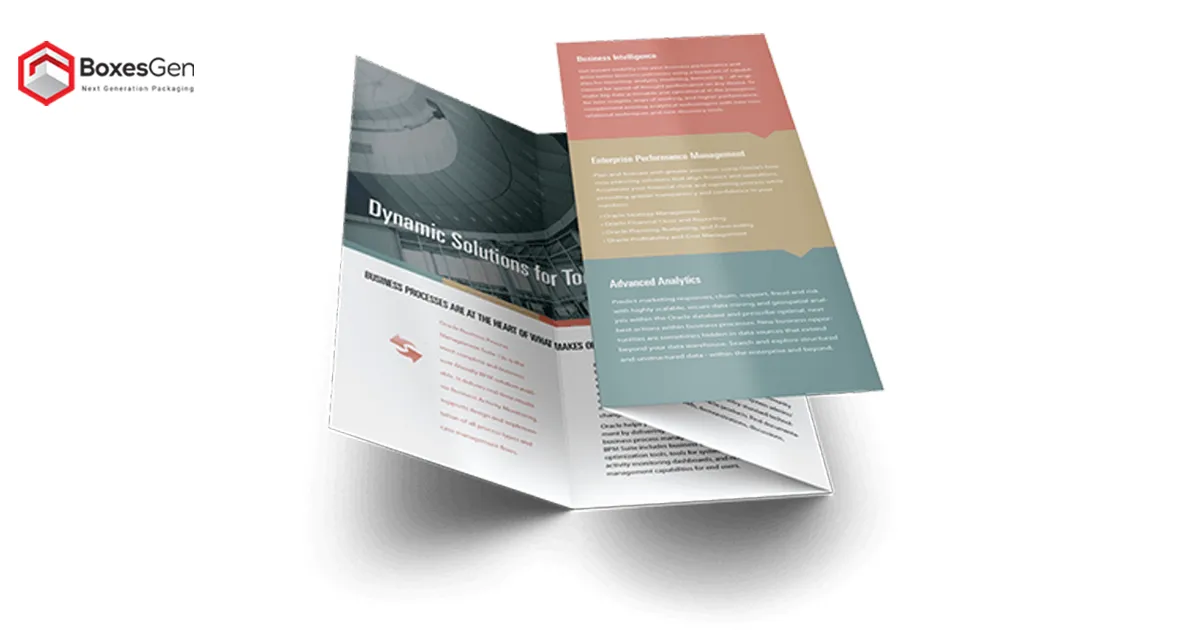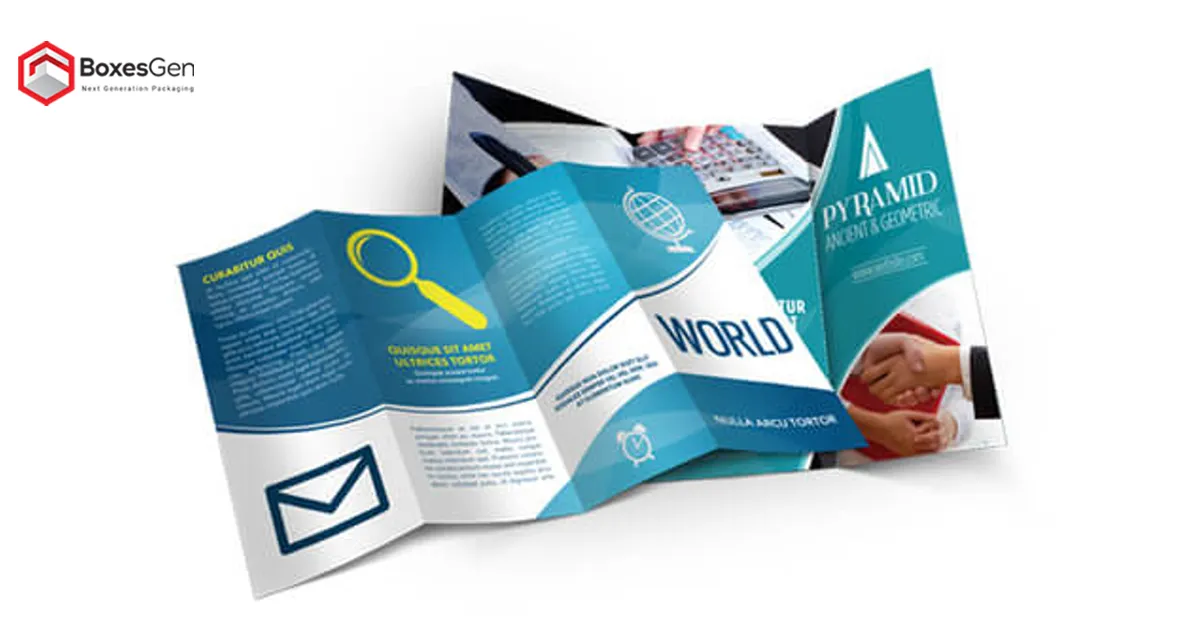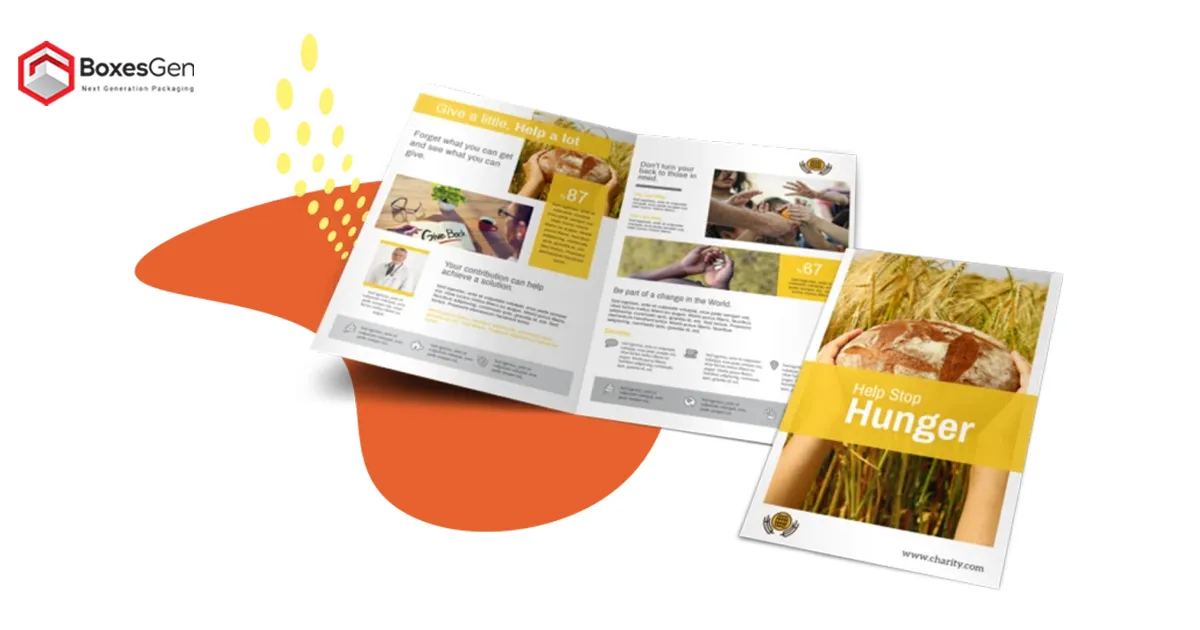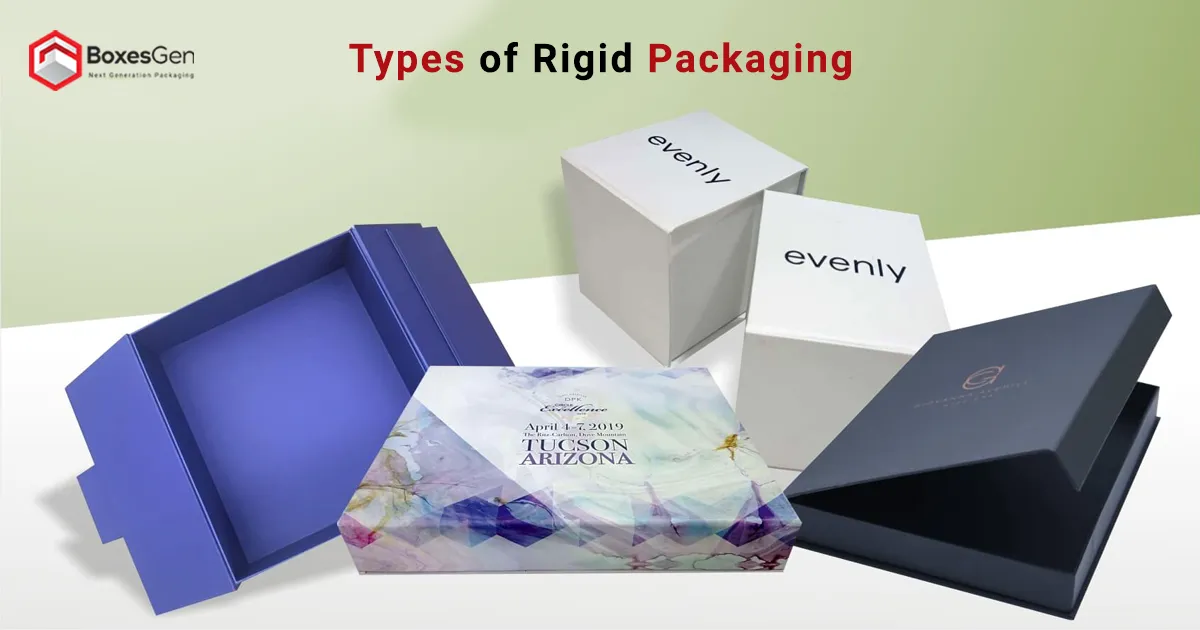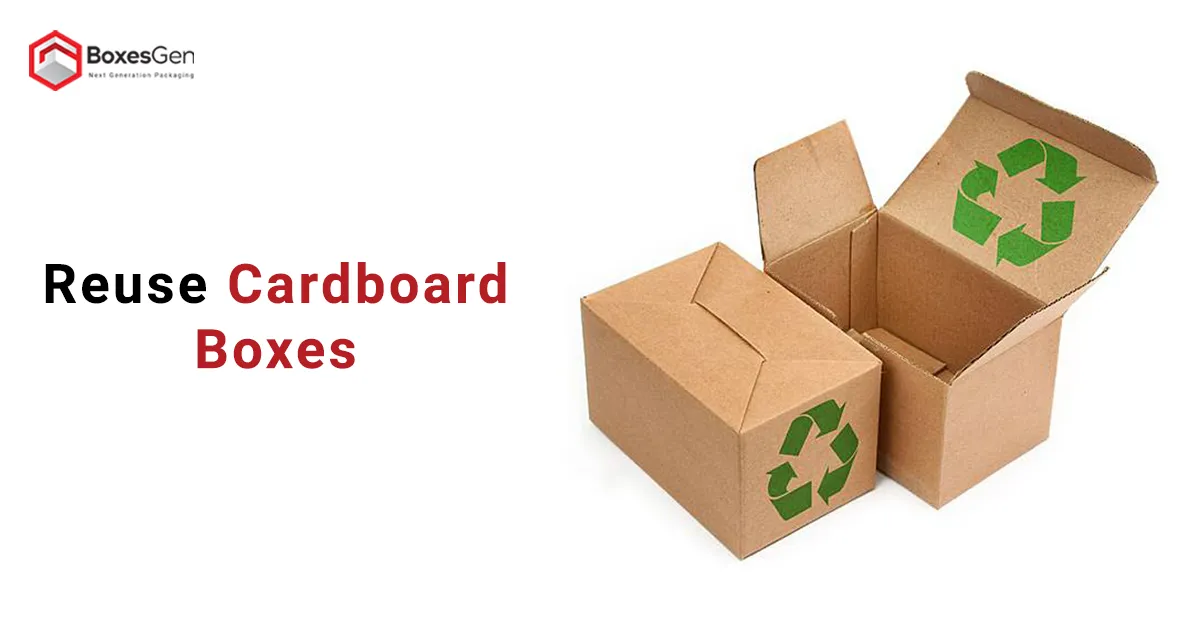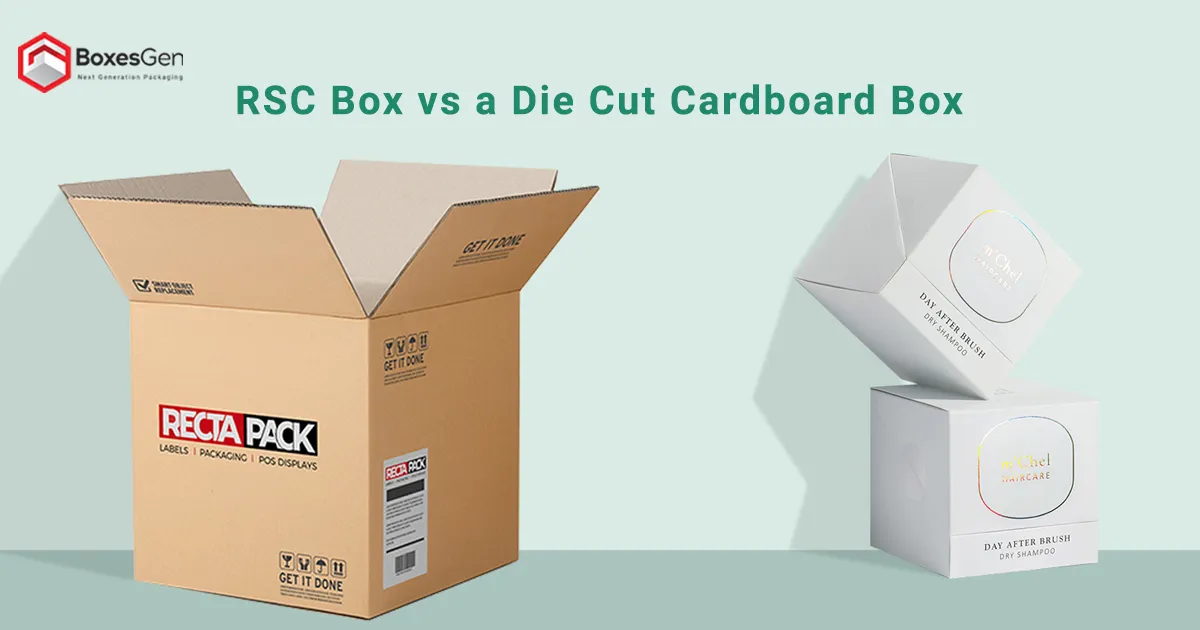Standard Brochure Printing Sizes
Ever wondered why some brochures effortlessly catch your eye, while others seem to fade into the background? The answer might lie in the seemingly subtle, yet crucial, aspect of brochure sizes. In the realm of marketing, where first impressions matter, the dimensions of your brochure play a pivotal role in capturing attention, conveying information, and leaving a lasting impact. Have you ever found yourself questioning which size would best suit your brand’s message and objectives?
In this exploration of standard brochure printing sizes, we unravel the significance behind the dimensions, guiding you through a journey of informed decisions that can take your marketing collateral to new heights. Whether you are a novice designer or a seasoned marketer seeking to optimize your print materials, the first question to tackle is: What size speaks volumes for your brand?
Brochures stand out as versatile tools that effectively convey information about products, services, or events. To create a visually appealing and practical brochure, understanding standard brochure printing sizes is crucial. These sizes not only dictate the overall appearance of the Custom Brochure but also influence the design and layout. In this article, we will delve into various folding options commonly used in brochure printing, exploring their unique features and Flyer Dimensions.
Why Would You Need Brochures?
A brochure serves as a versatile and tangible marketing tool that allows you to present information about your products, services, or organization in a compact, visually appealing format. Brochures and Packaging can be distributed at trade shows, events, or in-store to provide potential customers with a comprehensive overview of what you offer. They are an effective way to communicate your message and showcase your brand identity.
Standard Brochure Sizes
Choosing the right size for your brochure is crucial in making a lasting impression. These sizes are widely accepted and easily fit into standard display racks and brochure holders. Standard brochure sizes vary, but common dimensions include:
- Letter Size: 8.5″ x 11″
- Legal Size: 8.5″ x 14″
- A4 Size: 210 mm x 297 mm
Best Brochure Materials
Selecting the appropriate material improves the overall quality and durability of your brochure. Consider your brand image, target audience, and budget when choosing the right material. Common materials include:
- Glossy or Matte Paper: Ideal for vibrant colors and sharp images.
- Cardstock: A thicker, sturdier option for a more premium feel.
- Recycled Paper: An eco-friendly choice that appeals to environmentally conscious consumers.
When You Need a Brochure?
You might need a brochure when:
- Introducing a New Product or Service: Brochures help highlight the features and benefits of your latest offerings.
- Promoting Events: Use brochures to provide event details, schedules, and any special offers.
- Building Brand Awareness: Brochures are effective tools for communicating your brand story and values.
- In-Person Marketing: Distribute brochures at trade shows, conferences, or retail locations to reach potential customers directly.
Types of Brochure with Their Sizes
Half-Fold
The half-fold is a simple yet effective folding option that divides the brochure into two equal halves. This classic format is ideal for conveying a single, impactful message. The dimensions for a standard half-fold brochure include:
- 8.5 x 5.5 inches (folds to 4.25 x 5.5 inches)
- 11 x 8.5 inches (folds to 5.5 x 8.5 inches)
Tri-Fold
The tri-fold is one of the most popular choices for brochures, creating three panels on each side. This format offers a balance between simplicity and information space. Common tri-fold dimensions include:
- 8.5 x 11 inches (folds to 3.67 x 8.5 inches)
- 11 x 17 inches (folds to 5.67 x 11 inches)
Z-Fold
A Z-fold, also known as an accordion fold, zigzags the brochure in a “Z” shape. This unique presentation allows for creative design elements and is perfect for storytelling. Standard dimensions for a Z-fold brochure include:
- 8.5 x 11 inches (folds to 3.67 x 8.5 inches)
- 11 x 17 inches (folds to 5.67 x 11 inches)
Gate-Fold
The gate-fold features two side panels that fold inward to meet in the center, resembling gates opening. This format is excellent for showcasing large images or creating a reveal effect. Common dimensions for a gate-fold brochure include:
- 8.5 x 11 inches (folds to 4.25 x 11 inches)
- 11 x 17 inches (folds to 5.5 x 17 inches)
Double Gate Fold
The double gate fold is an extension of the gate-fold, providing even more space for content. This format is perfect for detailed product presentations or storytelling. Standard dimensions for a double gate-fold brochure include:
- 8.5 x 11 inches (folds to 4.25 x 11 inches)
- 11 x 17 inches (folds to 5.5 x 17 inches)
Double Parallel Fold
In the double parallel fold, the paper is folded in half and then folded again parallel to the initial fold. This format creates a compact yet comprehensive presentation. Common dimensions for a double parallel fold brochure include:
- 8.5 x 11 inches (folds to 4.25 x 5.5 inches)
- 11 x 17 inches (folds to 5.5 x 8.5 inches)
Accordion Fold
The accordion fold, also known as a zigzag fold, divides the paper sizes into multiple panels, allowing for a creative and visually engaging layout. Standard dimensions for an accordion fold brochure include:
- 8.5 x 11 inches (folds to 3.67 x 8.5 inches)
- 11 x 17 inches (folds to 5.67 x 11 inches)
Roll Fold
The roll fold, also referred to as a barrel fold, involves folding the paper in a continuous manner. This format is often used for larger brochures or maps. Common dimensions for a roll fold brochure include:
- 8.5 x 14 inches (folds to 3.67 x 8.5 inches)
- 11 x 17 inches (folds to 5.67 x 11 inches)
French Fold
The French fold, also known as a right-angle fold, involves folding the Perforated Paper for Printing in half and then folding it in half again at a right angle. This format is commonly used for invitations or high-end marketing materials. Standard dimensions for a French fold brochure include:
- 8.5 x 11 inches (folds to 4.25 x 5.5 inches)
- 11 x 17 inches (folds to 5.5 x 8.5 inches)
Choosing the Right Paper Stock
While determining the ideal brochure printing size is essential, selecting the appropriate paper stock is equally crucial. The Paper Dimensions and material selection contributes to the overall look and feel of the brochure. Factors such as weight, finish, and texture play a significant role in conveying the brand’s image. Common paper stocks include gloss, matte, and uncoated options, each offering distinct advantages in terms of durability, readability, and visual appeal.
Printing Techniques for Brochures
Once the size and paper stock are chosen, exploring custom printing techniques develops the overall quality of the brochure. Digital printing is a cost-effective option for short print runs, while offset printing is ideal for larger quantities, providing a higher level of detail and color accuracy. Specialty printing techniques, such as embossing, foiling, or spot UV, can add a touch of sophistication and uniqueness to the final product Packaging Template.
-
Digital Printing
Ideal for short print runs, digital printing offers cost-effective and quick turnaround options. It’s suitable for brochures with vibrant colors and intricate designs.
-
Offset Printing
Offset printing is a traditional method that produces high-quality prints for larger quantities. It’s cost-effective for bulk orders and offers a wide range of Letter Paper Dimensions.
-
Die-Cutting
For unique shapes and designs, consider die-cutting. This technique adds a distinctive touch, making your brochure stand out from the competition.
-
Embossing and Foil Stamping
To add a tactile and premium feel, consider embossing or foil stamping. These techniques create raised or metallic elements, adding a touch of sophistication to your brochure.
Color Considerations
Color choices impact the brochure’s visual impact and branding consistency. Full-color Custom Printing Packaging allows for vibrant and eye-catching designs, while monochromatic or limited color palettes can create a more elegant or minimalist look. Understanding the psychology of colors and how they resonate with the target audience is essential for effective communication through brochures.
Design Principles for Brochures
The layout and design of a brochure are critical elements in conveying the intended message. Clear and concise headings, well-organized content, and strategic placement of images contribute to a visually appealing and easy-to-read brochure. Utilizing grids, consistent fonts, and high-quality images ensures a professional and polished appearance.
Design Considerations for Brochures
Image – Brochure Designing
-
Visual Elements
Incorporating compelling visual elements is essential for a successful brochure. Include high-quality images, graphics, and brand-appropriate colors to capture attention. Ensure that visuals align with your brand identity and effectively convey your message.
-
Typography
Choose fonts that are easy to read and align with your brand’s personality. A cohesive typography style improves the overall professionalism and readability of your brochure. Consider using different font sizes and styles to create hierarchy and emphasis.
-
Call-to-Action (CTA)
Every brochure should include a clear call-to-action. Whether it’s visiting a website, making a purchase, or contacting your business, guide the reader on the next steps. Use persuasive language to motivate action and create a sense of urgency.
-
Paper Finishes
Explore different paper finishes to boost the tactile experience of your brochure. Options like matte, glossy, or satin finishes can impact how colors appear and add a luxurious feel. Consider the texture of the paper to complement your brand image.
Branding
Consistent branding is crucial for reinforcing your brand identity. Incorporate your logo, brand colors, and tagline throughout the brochure. A cohesive design strengthens brand recognition and fosters trust with your audience.
Quality Assurance and Proofing
Before finalizing the printing process, it’s imperative to conduct thorough quality assurance and proofing. Checking for typos, proper alignment, color accuracy, and image resolution helps avoid costly errors. Utilizing digital proofs or physical prototypes allows businesses to review the final product before mass production, ensuring that the brochure meets the desired standards.
Sustainable Printing Practices
In today’s eco-conscious environment, many businesses are opting for sustainable printing practices. Using recycled paper, environmentally friendly inks, and minimizing waste through efficient printing processes contribute to a company’s commitment to corporate responsibility. Communicating these efforts in the brochure can also augment a brand’s image and appeal to environmentally conscious consumers.
Conclusion
Selecting the right brochure printing size and folding option is a crucial step in creating effective marketing materials. Each folding option offers unique advantages, allowing businesses to tailor their brochures to specific needs and preferences. Whether aiming for simplicity with a half-fold or storytelling with a Z-fold, understanding the Printer Paper Dimensions and features of each option empowers businesses to make informed design decisions that captivate their target audience.
FAQs
What Is the Size of a Brochure?
A standard brochure size is 8.5 x 11 inches, commonly used for letter-sized documents. Other common sizes include 8.5 x 14 inches (legal) and 11 x 17 inches (tabloid). These dimensions provide a balanced layout for displaying information while ensuring compatibility with standard printers and easy distribution.
What Is the Best Font Size for A Brochure?
The best font size for a brochure is typically between 10 and 12 points for body text to ensure readability. Headings can be larger, around 14 to 18 points, for emphasis. Maintain a balance to increase visual appeal and convey information effectively, considering the overall design and target audience preferences.
What Is the Size of Tri Fold Brochure?
A standard tri-fold brochure typically measures 8.5 inches by 11 inches (21.6 cm by 27.9 cm) when fully opened, with each panel measuring 3.67 inches (9.3 cm) in width. When folded, it becomes a compact 3.67 inches by 8.5 inches (9.3 cm by 21.6 cm), making it easy to distribute and store.
What Size Is Brochure Paper?
Brochure paper typically comes in standard sizes such as 8.5 x 11 inches or 11 x 17 inches. These sizes are commonly used for creating professional and visually appealing brochures. The choice of size depends on the desired layout and design of the brochure.
How to Fold a Legal Size Paper into A Brochure?
To fold a legal-size paper into a brochure, first, fold it in half horizontally, then unfold. Next, fold the paper in half vertically, creating four equal sections. Unfold again, then fold the outer edges toward the center fold. Finally, fold the entire paper in half along the original horizontal fold.
How to Make a Legal Size Brochure in Word?
To create a legal size brochure in Word, go to “Page Layout,” select “Size,” choose “Legal” (8.5 x 14 inches), set orientation if needed. Design your brochure, then print on legal-sized paper. Ensure compliance with copyright laws when using images or content. Save and share your legal size brochure as needed.
How to Make Full Size Printer Page Brochures?
To create full-size printer page brochures, use a desktop publishing software like Adobe InDesign or Microsoft Publisher. Set document size to standard letter or A4. Design content, images, and layout. Ensure proper margins and bleed settings. Print using a high-quality printer and select “Brochure” or “Booklet” printing option for accurate folding.

